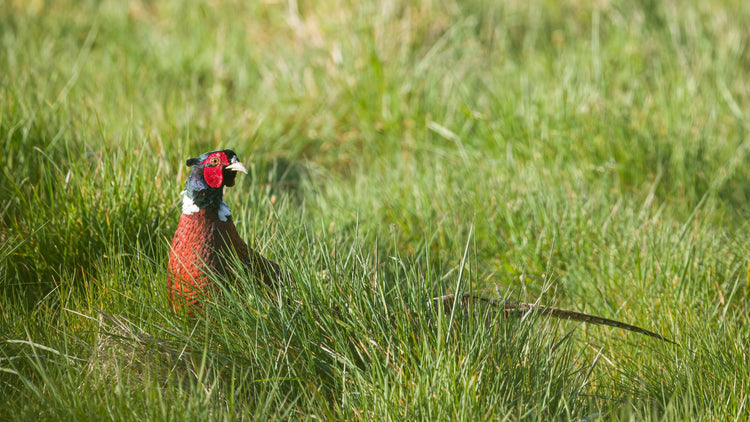Pheasant Shooting in Ireland: Tradition, Conservation, and Community

Pheasant Shooting in Ireland
Ireland’s rolling countryside, rich in history and natural beauty, provides the perfect setting for pheasant shooting, a pastime that blends sport, tradition, and a deep respect for nature. From its historical origins to its modern-day practice, pheasant shooting remains an integral part of Ireland’s rural culture.
A Historical Overview
Pheasant shooting was introduced to Ireland in the 18th and 19th centuries, during a time when hunting was a favored pursuit of the landed gentry. Pheasants, though not native to Ireland, were well-suited to the country’s climate and terrain, making them an ideal game bird. Over time, what began as a pastime for the elite evolved into a tradition enjoyed by a broader section of society.
The Appeal of Pheasant Shooting
Pheasant shooting is about more than the hunt itself; it’s a celebration of the great outdoors and the bonds formed among participants. Shoots often begin early in the morning, with hunters gathering in groups at estates, woodlands, or farmland. There is a strong sense of camaraderie as participants ready their equipment, exchange stories, and prepare for the day ahead.
The Irish countryside sets the stage for an unforgettable experience. Whether it’s the frost-covered fields of winter or the lush greenery of early autumn, the scenery is as much a part of the day as the sport itself. Dogs, typically spaniels or Labradors, are indispensable partners, using their keen senses to locate and retrieve birds with skill and enthusiasm.
Sport and Sustainability
Pheasant shooting is as much about conservation as it is about tradition. Responsible shooting practices ensure the sustainability of game populations, and many estates actively engage in habitat management. By maintaining hedgerows, planting cover crops, and rearing pheasants in controlled environments, these efforts contribute to biodiversity and the overall health of the ecosystem.
In Ireland, pheasant shooting is also regulated to ensure ethical practices. The hunting season is limited, typically running from November to January, and bag limits are often set to prevent overhunting. These measures help balance the enjoyment of the sport with the need to preserve wildlife.
A Test of Skill
Pheasant shooting requires precision, patience, and respect for nature. Hunters must hone their marksmanship and timing to succeed, making it a challenging yet rewarding activity. For newcomers, the guidance of seasoned hunters is invaluable, as they pass down techniques and share their knowledge of the land and wildlife.
The Social Dimension
For many, pheasant shooting is as much about community as it is about sport. Shoots often culminate in social gatherings where participants share meals, recount the day’s events, and strengthen bonds. Pheasant, prepared in traditional Irish recipes, often takes center stage at these feasts, symbolizing the connection between the day’s efforts and the rewards of nature’s bounty.
Modern Challenges and Conservation Efforts
Like many rural traditions, pheasant shooting faces modern challenges. Habitat loss, changes in agricultural practices, and shifting public attitudes toward hunting have led to increased scrutiny. In response, many shooting groups and estates have doubled down on conservation efforts, emphasizing their role in protecting the countryside and wildlife.
Education and outreach have also become important, with initiatives aimed at fostering a better understanding of the balance between tradition and conservation. These efforts ensure that pheasant shooting can continue to thrive as a sustainable practice that benefits both people and nature.
Conclusion
Pheasant shooting in Ireland is a testament to the enduring connection between people and the land. It’s a tradition that combines sport, stewardship, and community, offering participants an opportunity to engage with nature in a meaningful way. As Ireland’s landscapes change and modern values evolve, the preservation of this practice—rooted in respect for wildlife and the environment—ensures its place in the country’s cultural heritage for generations to come.





